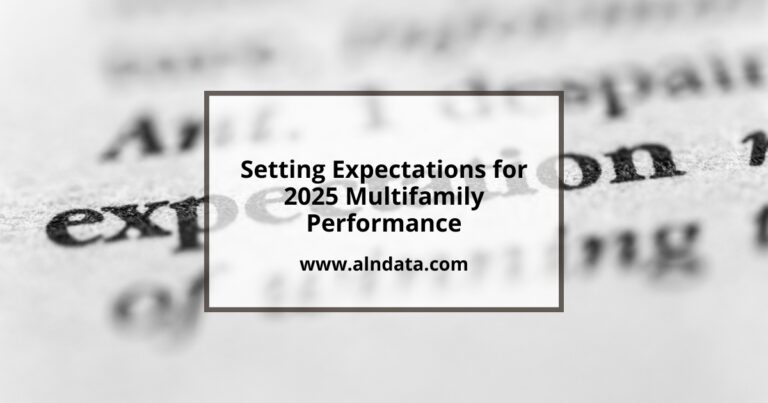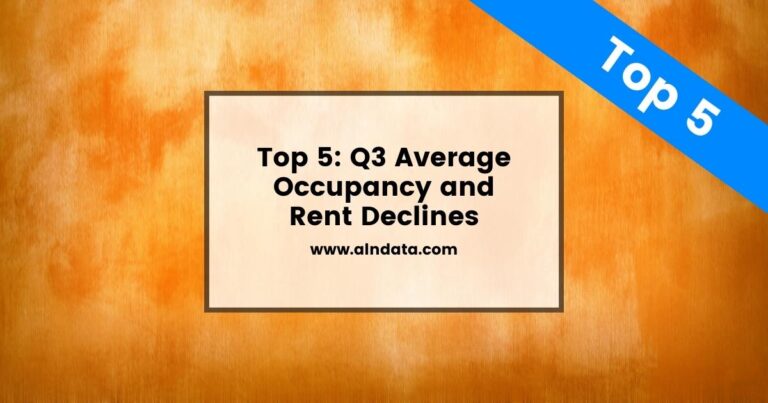Setting Expectations for 2025 Multifamily Performance
2024 was a key step in the right direction for the multifamily industry. In the face of historic new supply pressure, the decline in national average occupancy was smaller than in 2022 or 2023. Net absorption showed robust annual improvement for a second straight year. Average effective rent growth for new leases more than doubled…






